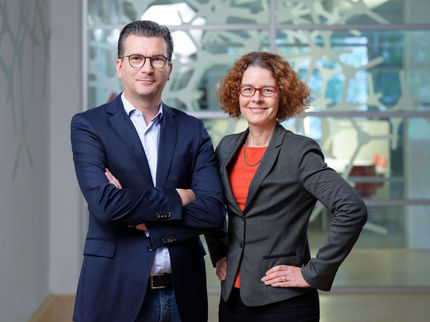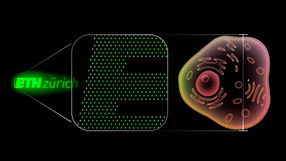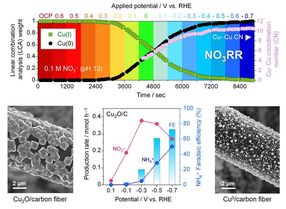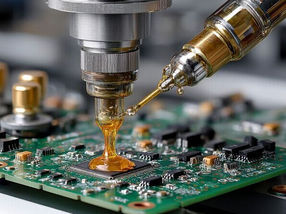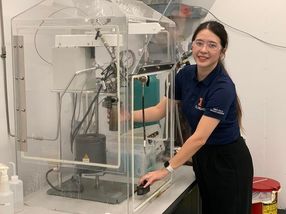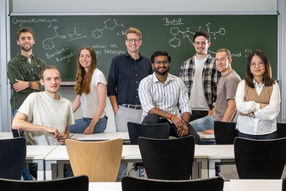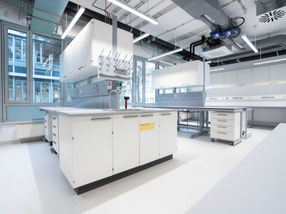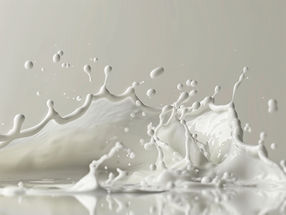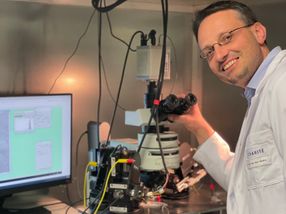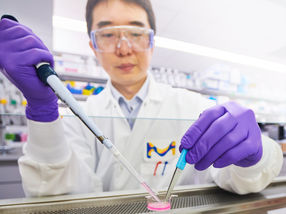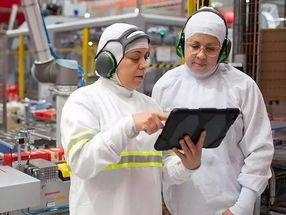With super acids against perpetual chemicals
TU Berlin produces silicon-based "Lewis acids" that can attack the problem chemical PFAS
Advertisement
Researchers from the UniSysCat catalysis Cluster of Excellence at TU Berlin have succeeded for the first time in producing a class of so-called super Lewis acids that contain the element silicon and a halogen atom, as predicted in theory. These compounds are among the strongest Lewis acids produced to date and can also break very stable chemical bonds. This makes them of great interest for recycling processes and the concept of green chemistry, for example for the degradation of harmful per- and polyfluorinated alkyl substances (PFAS), also known as "perpetual chemicals". The special feature: Through a circulation process within the degradation reaction, these Lewis acids are not consumed and could therefore act as catalysts in the future. The results were published in the journal Nature Chemistry.
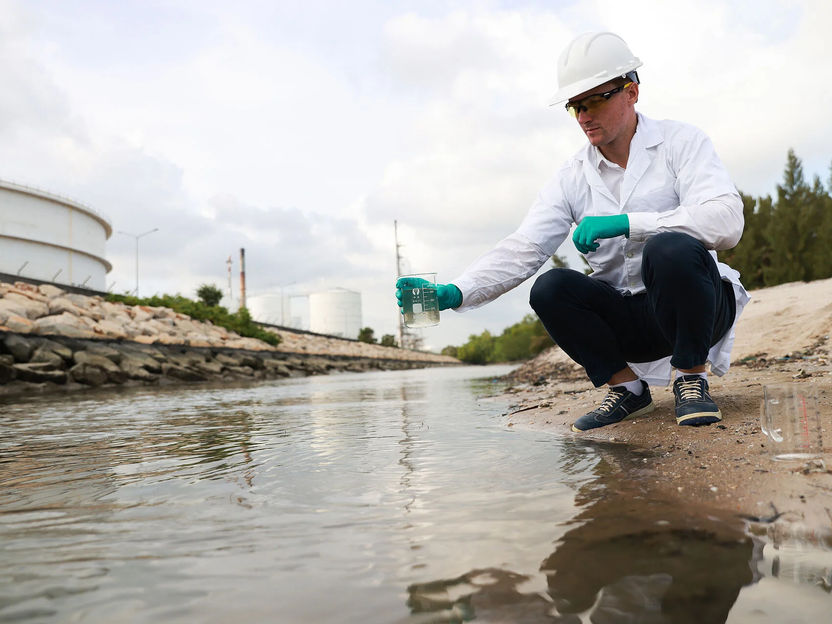
Time and again, places contaminated with high concentrations of PFAS are discovered in Germany (symbolic image).
PFAS cannot be smelled or tasted and are suspected of causing cancer, infertility and weakening the immune system. Once they are released into the environment, they remain there for a very long time because the substances cannot be broken down quickly by water, light or bacteria. It is precisely because PFAS are so persistent that they are used in many different ways, for example in raincoats, pans or building materials. And time and again, areas contaminated with high concentrations of PFAS are discovered in Germany.
Super Lewis acids can break stable PFAS compounds
"The resistance of PFAS is directly related to their stable carbon-fluorine bonds, which are very difficult to break," explains Prof. Dr. Martin Oestreich, holder of an Einstein Professorship at TU Berlin and head of the "Organic Chemistry/Synthesis and Catalysis" department and member of UniSysCat. It is above all the so-called electron pair bond between the fluorine and carbon atoms in the PFAS that is particularly strong. "In order to render PFAS harmless, you need a substance that readily accepts electron pairs," says Oestreich. Such substances are called "super Lewis acids". The name "Lewis acid" does not refer to any specific chemical compounds - such as hydrochloric acid, sulphuric acid and so on - but stands for a special concept in chemistry to define the terms "acid" and "base". It was developed in 1923 by the American physical chemist Gilbert Newton Lewis.
Crazy greed for electrons
"In addition to two organic residues, our super Lewis acids primarily contain a silicon atom that also carries a halogen, such as a fluorine atom. This leads to an insane greed for electron pairs," says Oestreich. The combination of the already electron-hungry silicon atom and the strongly electron-withdrawing fluorine is crucial: "The fluorine also tugs at the remaining outer electrons of the silicon - just like I wrap myself completely in the comforter at night when my wife and I spend the night in a French bed." The lack of electrons leads to an extreme hunger for electron pairs in silicon - making it the perfect attacker on PFAS.
Production is complex
Until recently, these super Lewis acids with silicon and halogens were only predicted theoretically. This is because their production is anything but simple. In 2021, scientists at TU Berlin achieved a breakthrough when they used the "protolysis" process to produce super Lewis acids for the first time, in which individual chemical groups are separated from a compound in a cycle to synthesize a new one. "Put simply, this is about transferring proven processes from carbon chemistry to silicon chemistry. In principle, we are now harvesting the fruits of our original idea," explains Martin Oestreich. The experiments were complex because all the work had to be carried out in a "glove box" under an inert gas atmosphere; neither oxygen nor water were allowed to come into contact with the substances.
Complete quantum mechanical understanding of compounds for the first time
"I am particularly indebted to Professor Martin Kaupp, head of the 'Theoretical Chemistry/Quantum Chemistry' department at TU Berlin, without whose calculations this work would not have been possible," says Oestreich. For the first time, quantum mechanical calculations were used to predict the acidity of the molecules produced purely from their structure. "We have a complete quantum mechanical understanding of the compounds, which is a huge advantage." The super Lewis acids were then investigated experimentally using nuclear magnetic resonance spectroscopy (NMR), among other methods, and the calculations were verified.
Super Lewis acids are not consumed as catalysts
The special feature of the degradation of the harmful PFAS: although the super Lewis acids are changed by the absorption of electron pairs when a compound is cracked, they can probably be transformed back into the original super Lewis acid in a regeneration process. This makes them catalysts that are used up in the reaction but are recovered. This is a major advantage, as large quantities of an "antidote" are then not required to break down PFAS contamination; instead, very small quantities of the new super Lewis acids would be sufficient to render the eternity chemicals harmless.
Note: This article has been translated using a computer system without human intervention. LUMITOS offers these automatic translations to present a wider range of current news. Since this article has been translated with automatic translation, it is possible that it contains errors in vocabulary, syntax or grammar. The original article in German can be found here.



